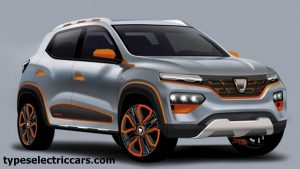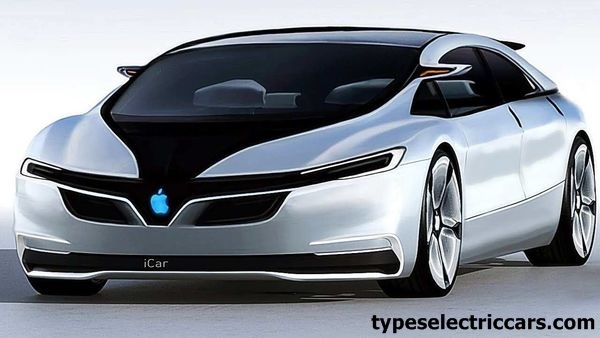Electric vehicle propulsion systems In most types of cars, the propulsion systems are divided into two types, namely: the propulsion system with internal combustion engines and the propulsion system with the electric motor based on a battery.
Naturally, each system has its pros and cons; So car companies developed a hybrid system in which they tried to create a bridge between the two worlds and take advantage of the advantages of each one.
Electric vehicle propulsion systems
Mild hybrid
- Udo Righeimer of Audi explained that the form known as the mild hybrid drive system is the latest but despite this the most widespread.
- It relies on an electric generator instead of a dynamo in order to support the gasoline or diesel engine.
- Usually fed from an internal network with a voltage of up to 48 volts, this electric motor generates 15 kW/20 hp and 200 Nm of maximum torque.
- “This is not enough for electric driving, but it has many other advantages such as assistance when starting to turn,” Righeimer added.
- It can convert more kinetic energy when braking and store it in an additional battery.”

Traditional hybrid
- The traditional form of a hybrid drivetrain is a much more powerful electric motor and a larger battery.
- For example, conventional hybrid cars can drive on electricity for short distances and at moderate speeds.
- The battery is also charged with kinetic energy during braking rather than being wasted as heat on the brake discs.
- The electric motor’s polarity is reversed so that at least some of this energy is recovered, for reuse.
Plug-in Hybrid
- The plug-in type is based on a more powerful motor, a larger battery, and a charging socket connection.
- Hans-Georg Marmitt, an expert from the German Technical Inspection Authority, explained that this shape is the closest to the models based on the pure electric propulsion system.
- It can also travel good distances on the cranks of the electric motor only.
- While the combustion engine is used only when needed, such as long trips.
- This type of car has a driving range of 50 km and a speed of 130 km / h.
- This technology also offers another advantage.
- Which is the possibility of four-wheel drive if the electric motor is installed on the rear axle rather than integrated into the transmission.
- As with the Mini Countryman.
- Naturally, this electrical subsidy has an impact on reducing fuel consumption.
- And thus reducing harmful emissions to the environment.
- It is true that experts were looking at the hybrid propulsion system.
- As a transitional stage between the modern combustion engines and the electric motor.
- However, plug-in hybrid propulsion technology is simply threatening this view.
- At least in light of the difficulties facing electric cars so far.

